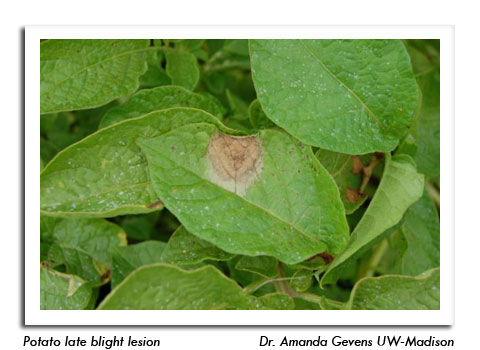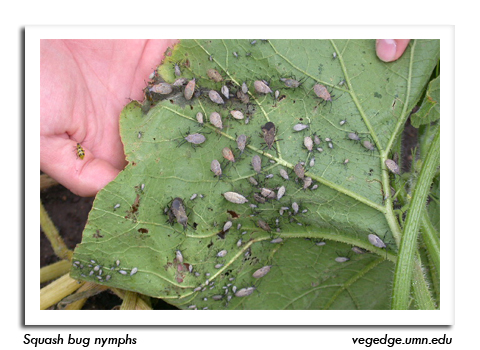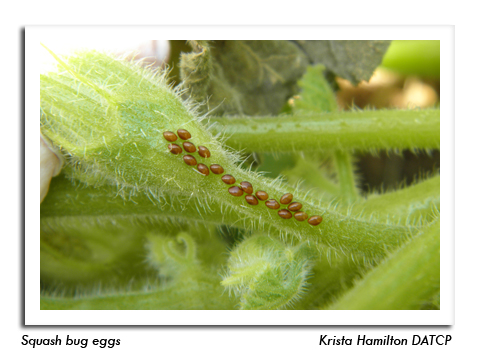
 |
|
|
Vegetables
Volume 62 Number 11 Date 07/13/2017 LATE BLIGHT - Environmental conditions are appropriate for late blight development. Commercial potato fields infected with this disease have not been confirmed to date, but disease severity value accumulations near Antigo, Grand Marsh, Hancock and Plover have exceeded the late blight risk threshold, indicating that the requirements for disease development have been met. The closest confirmed report of potato late blight is from St. Joseph County in southwestern Michigan. Home gardeners and farmers should consider preventative fungicide applications to protect their tomatoes and potatoes. Registered fungicides for potato late blight in Wisconsin are listed at the UW-Madison Vegetable Pathology website: http://www.plantpath.wisc.edu/wivegdis/pdf/2017/May%2022,%202017.pdf STRIPED CUCUMBER BEETLE - Adults are emerging in greater numbers in the southern half of the state. Growers of cucurbits should continue to monitor plants for these yellow and black striped beetles, which may transmit bacterial wilt of cucurbits through feces or contaminated mouthparts. Control is warranted for populations of one beetle per plant in melons, cucumbers and young pumpkins, and five beetles per plant for less-susceptible cucurbits such as watermelon and squash. SQUASH BUG - Reports suggest these difficult-to-control insects have become abundant in some home gardens since late June. The treatment threshold for squash bugs is based on an average count of one egg mass per plant, although scouting for tiny eggs is impractical in larger plantings. If the insects are numerous and wilting is observed, pyrethroid insecticides such as permethrin directed against the nymphs are an option for control. Growers should be aware that the efficacy of these materials is reduced at temperatures above 80°F and the smaller nymphs are more readily killed than the adults. Refer to UWEX publication A3422 ?Commercial Vegetable Production in Wisconsin? for a list of registered insecticides. CORN EARWORM - Eleven specimens were captured at pheromone trap sites in Columbia, Dodge, Fond du Lac, Marathon and Wood counties during the July 5-12 reporting period. The primary migration of moths from the southern U.S. could begin by late July or early August. Participants in the corn earworm trapping network should begin replacing lures on a weekly basis. POTATO LEAFHOPPER - Populations in vegetable crops have shown a marked increase in the past two weeks as a result of warmer temperatures and alfalfa harvest operations. Reports indicate that counts have exceeded economic levels in a few potato and snap bean fields. Established economic thresholds are one per sweep or one nymph per 10 leaves in snap beans and three per sweep in potatoes when nymphs are present. -- Krista Hamilton, DATCP Entomologist 



|
|
|